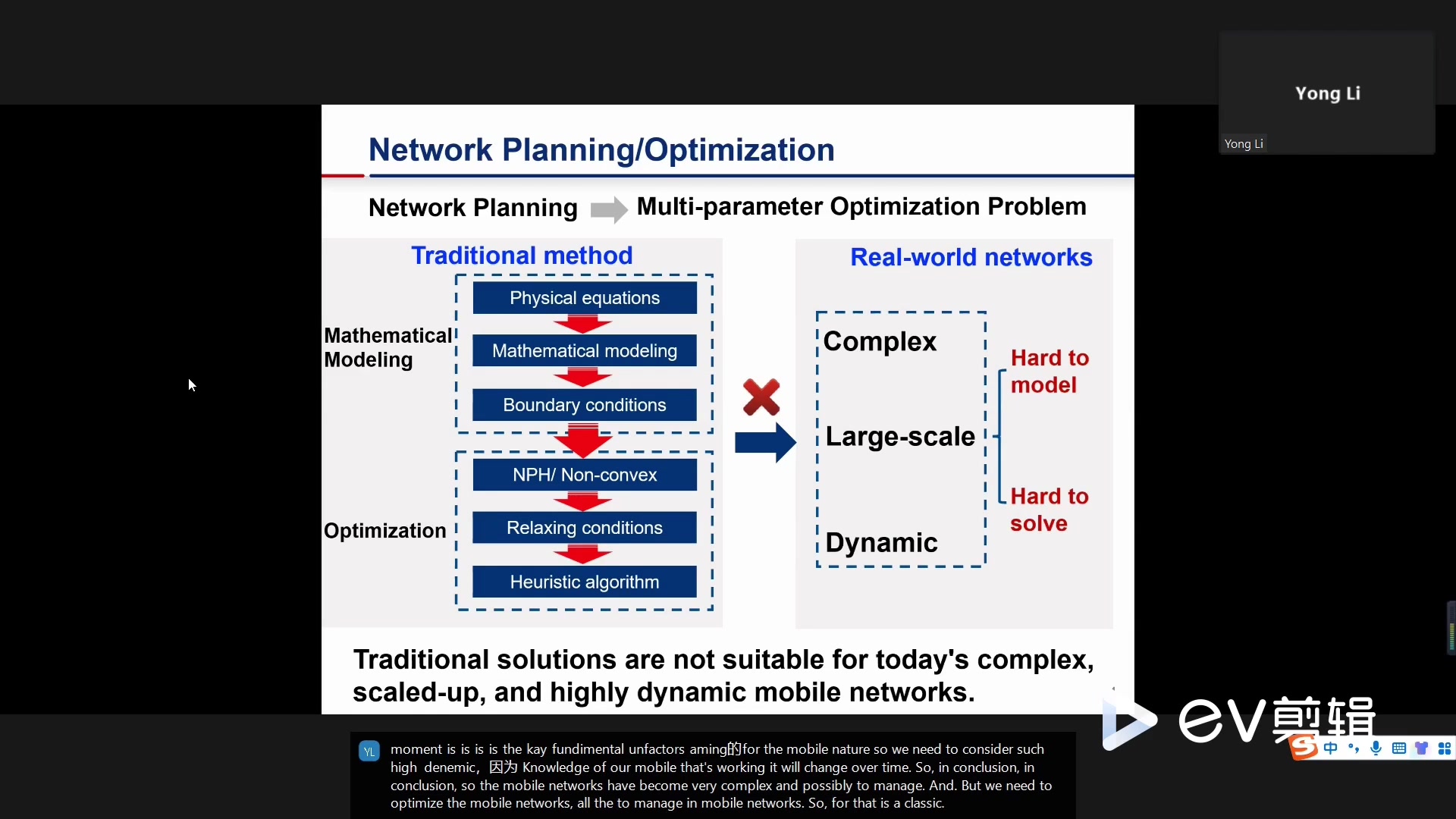|
Gesture recognition technology has emerged as a game-changer in the field of human-computer interaction, allowing users to interact with devices and machines through intuitive hand movements and gestures. This technology has opened up new possibilities for a wide range of applications, from gaming and virtual reality to healthcare and robotics. One of the key advancements in gesture recognition technology is the development of computer vision algorithms and machine learning techniques. These algorithms enable computers to interpret and understand human gestures by analyzing images or video footage captured by cameras. By using deep learning models, these algorithms can recognize and classify various hand movements accurately. The applications of gesture recognition are vast and diverse. In the gaming industry, gesture recognition has revolutionized the way people play games. Instead of relying on traditional controllers, players can now use natural hand gestures to control characters and interact with virtual environments. This immersive and intuitive experience enhances gameplay and creates a more engaging user interface. In addition to gaming, gesture recognition has found applications in virtual reality (VR) systems. VR headsets equipped with gesture recognition technology allow users to navigate and interact with virtual worlds using their hands. This eliminates the need for handheld controllers, providing a more natural and immersive VR experience. Gesture recognition also holds great potential in the field of healthcare. It enables touchless interactions with medical equipment, reducing the risk of cross-contamination and improving hygiene in hospitals and clinics. Surgeons can use gesture recognition to control robotic surgical systems, enhancing precision and minimizing invasiveness during procedures. Additionally, gesture-controlled rehabilitation systems help patients recover motor skills by performing interactive exercises. Beyond entertainment and healthcare, gesture recognition technology has made strides in various industries. In automotive interfaces, it allows drivers to control infotainment systems, climate controls, and navigation without taking their eyes off the road. Smart homes equipped with gesture recognition offer convenient and hands-free control over lighting, appliances, and security systems. Industrial settings benefit from gesture recognition by enabling workers to operate machinery and control processes more efficiently. While gesture recognition technology has come a long way, there are still challenges to overcome. Accurate and reliable recognition of complex hand gestures in different environments remains a research focus. Additionally, privacy concerns related to the use of cameras for gesture recognition need to be addressed to ensure user data protection. In conclusion, gesture recognition technology is revolutionizing human-computer interaction, bringing a new level of intuitiveness and immersion to various domains. From gaming and virtual reality to healthcare and industrial applications, the ability to control devices through natural hand movements opens up exciting possibilities for innovation. As this technology continues to advance, we can expect even more sophisticated and seamless interactions between humans and machines in the future.  |
